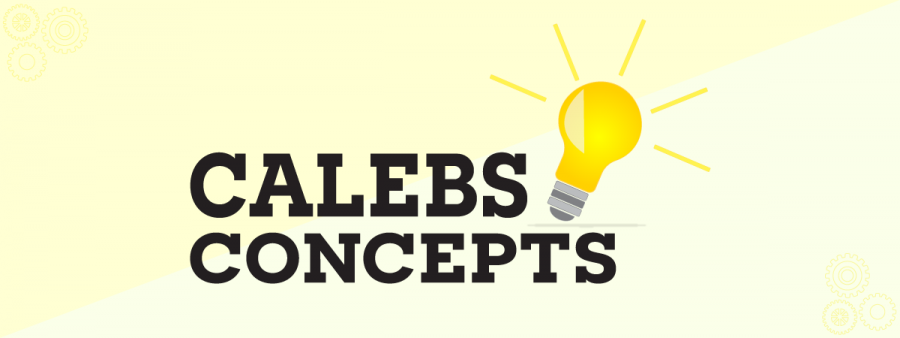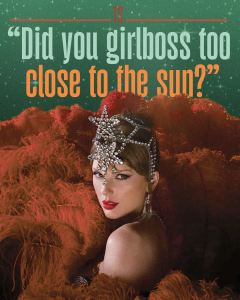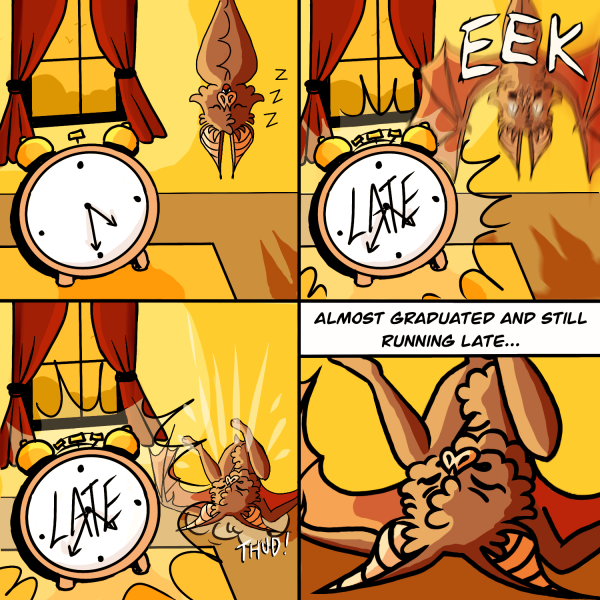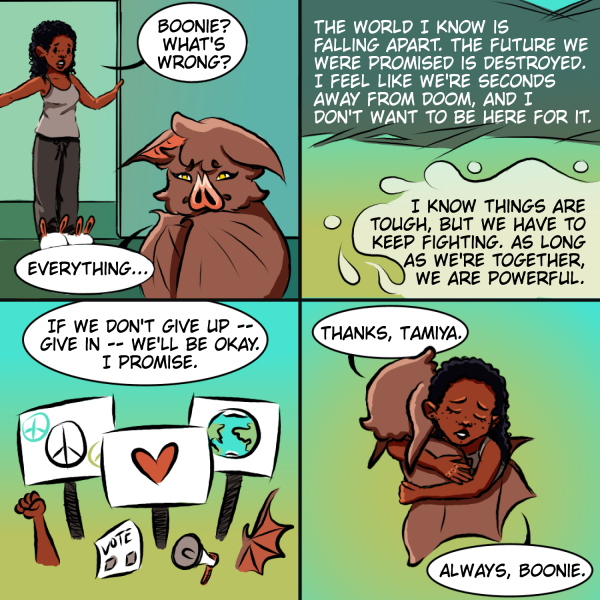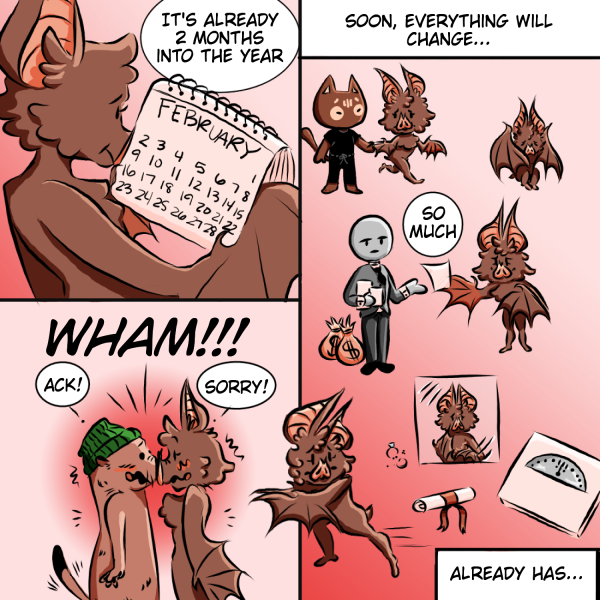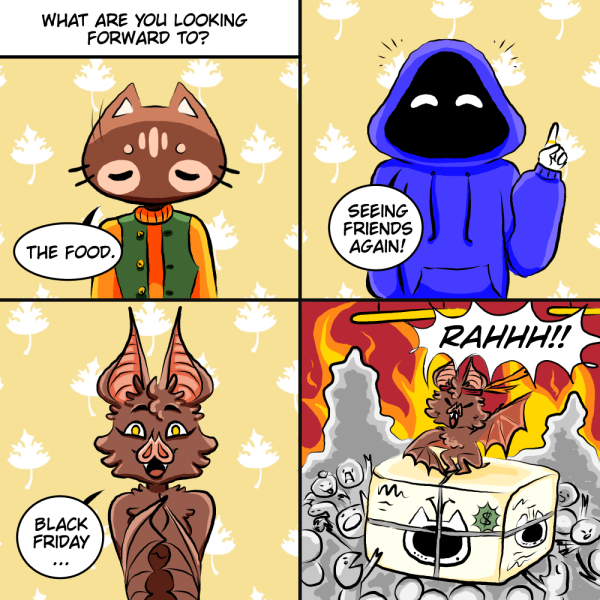Caleb’s Concept: The world as a mythical representation
April 4, 2021
Individuality doesn’t exist because of the external world, the one we do not control. Our sense of self is a product of our genes, culture, stressors and ecology. When we come into this world kicking and screaming we have certain neural faculties that give rise to beliefs, allowing us to understand the world.
Beliefs are concepts, ideas or themes that cannot be explained by the experienced world. Concepts like the existence of higher powers, free will and building an egalitarian society are examples of beliefs that cannot be proven in an empirical sense. You cannot put God into a beaker, nor can one prove free will in a lab. Empirical research can prove some beliefs, like the world being round, however, it cannot explain all beliefs.
Naturally, cultures developed clever ways of capturing beliefs by telling stories. These stories are packed with rich themes and ideas that symbolize much more to a group than just a story. The best example comes in the form “Star Wars.” This story follows a simple structure outlined by Robert Jewett and John Shelton Lawrence’s 1977 tome “The American Monomyth.” They explain that most stories follow a simple formula: a hero transitions from a normal world into a supernatural one, wins a decisive victory there and returns heroic. Think episode IV, V and VI: Luke finds out he’s a Jedi and there’s an evil Empire. He goes on an adventure, reforms his father and, along with Lando and Han, saves the day.
While the story is very simplistic, it explored much deeper truths, like loyalty, redemption, self sacrifice and more. These themes touched the hearts of many fans to the point where there is a religion called Jediism that receives tax exemptions. While George Lucas’s prequels were not the best — Jar Jar, we’re looking at you — the fandom was preserved. Fast forward into 2021 and, well, Star Wars is kinda dead. The new releases did what Jar Jar could not, which is split the fandom. To be fair to Rian Johnson, he genuinely attempted to subvert the audience’s expectations by flipping the script on the American monomyth.
Did he achieve his goals? Probably not. However, Johnson succeeded in creating a new myth symbolic of a newer generation that wants to destroy the past to replace it with something new. This resulted in toxic fans reacting to Johnson and others, provoking the cast to fire shots back at those fans. What Johnson and co. failed to realize is the reaction people have when their beliefs are questioned. Star Wars was a sacred cultural artifact in the U.S., and half the audience felt that Johnson committed blasphemy against a sacred text. Clearly, the battle over Star Wars, symbolized a bigger rift within the U.S.
In his 1987 masterpiece “A Conflict of Visions,” economist and social theorist Thomas Sowell philosophizes on the difference between liberals and conservatives. According to Sowell, liberals believe in an unconstrained vision that holds that humans are innately good, that there is an ideal solution to every problem and humanity can be perfected. Conservatives believe that human nature is the same that it always has been and people, regardless of their intentions, are self serving. Basically, when your liberal aunt and conservative uncle argue on your aunt’s Facebook, they are literally worlds apart. They have different beliefs about humanity, making reconciliation difficult.
Ultimately, beliefs and myths influence every aspect of our life, from politics to pop culture. We have innate beliefs that allow us to create mythical reality justifying these initial beliefs. At the end of the day, life is a mythical tale.

